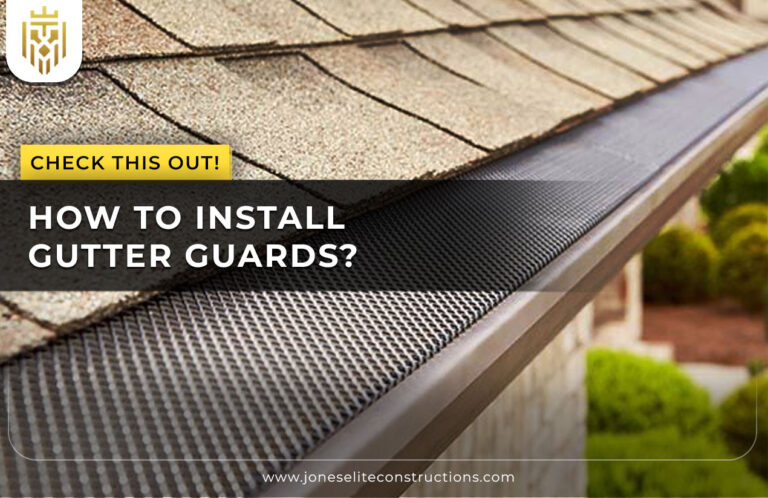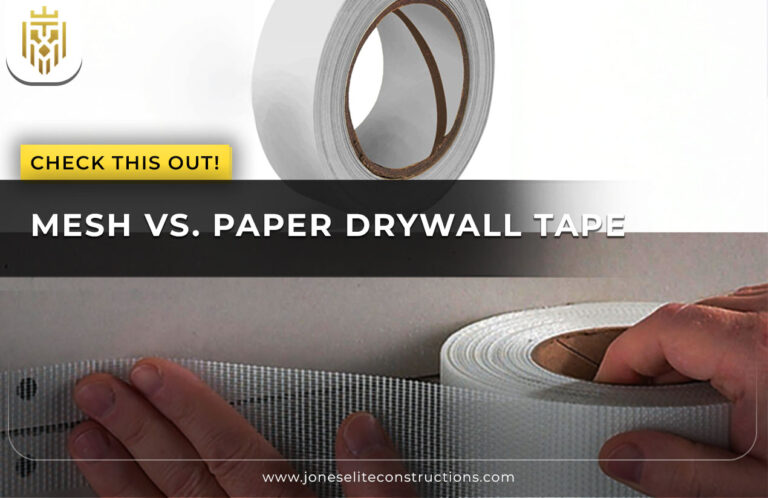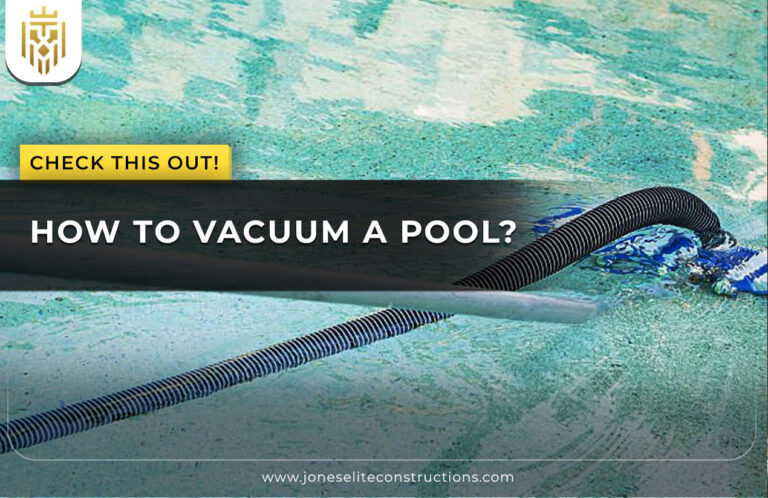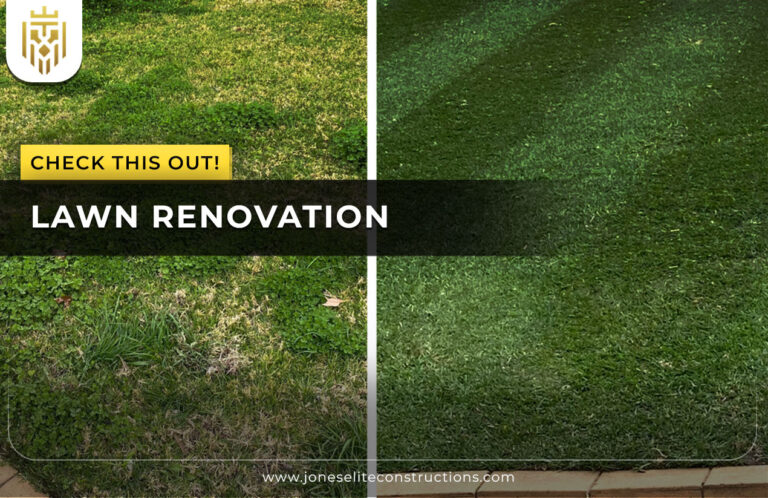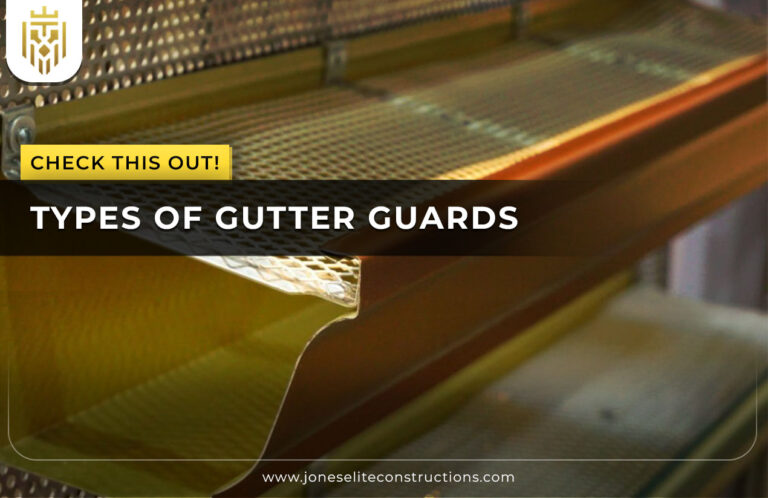What Is Lawn Renovation?
The process of returning an overworked or worn-out yard to a more healthy, greener condition without necessarily starting again is known as lawn renovation. In contrast to full replacement, yard renovation is aimed at repairing the patches of thin soils, enriching soil, and planting grass, which results in your outdoor location being lively and welcoming once again.
When Should You Renovate Your Lawn?
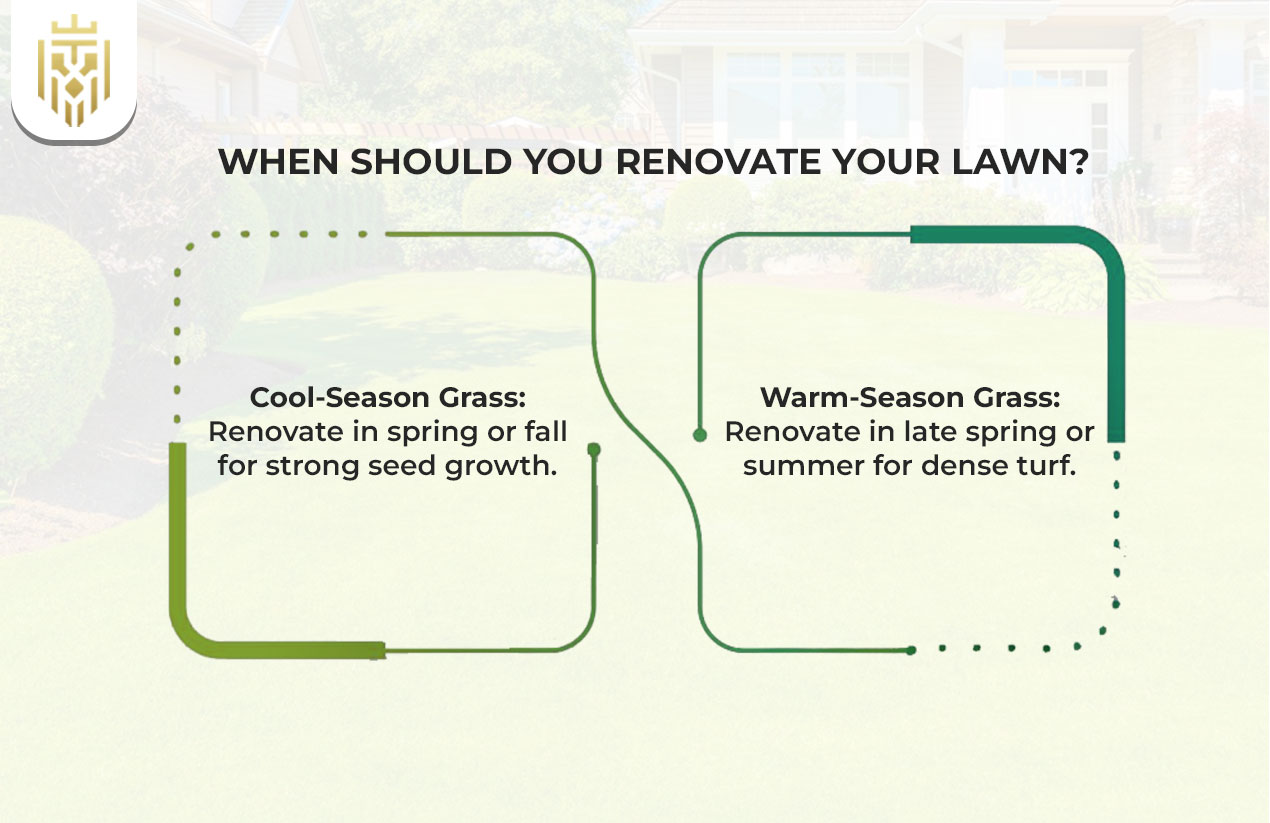
Lawn renovation is best done depending on the type of lawn grass as well as on climate. Cooler temperatures that are experienced during spring or fall usually provide the best conditions for seed germination and root growth. Right timing will guarantee eventual growth, less stress and healthier long-term outcomes for your outdoor space.
Cool-Season Grass
Cool-season grass has a moderate growth period in the spring and the fall when the temperatures are moderate. Choosing this period for step-by-step lawn renovation supports strong seed establishment. The timing goes in line with the natural growth patterns, and it is cheaper to renew a lawn, and the success remains in the green and lush lawn all through the colder seasons.
Warm-Season Grass
Summer and late spring are the seasons when warm-season grass is thriving. Roots grow properly when renovated at this period. This is done through proper maintenance whereby the grass is repaired to have denser turf. Resilience and overall effectiveness of the process of restoring the lawn are better with the strategic planning, which ensures that your yard will be flourishing even in hotter weather.
Benefits of Lawn Renovation
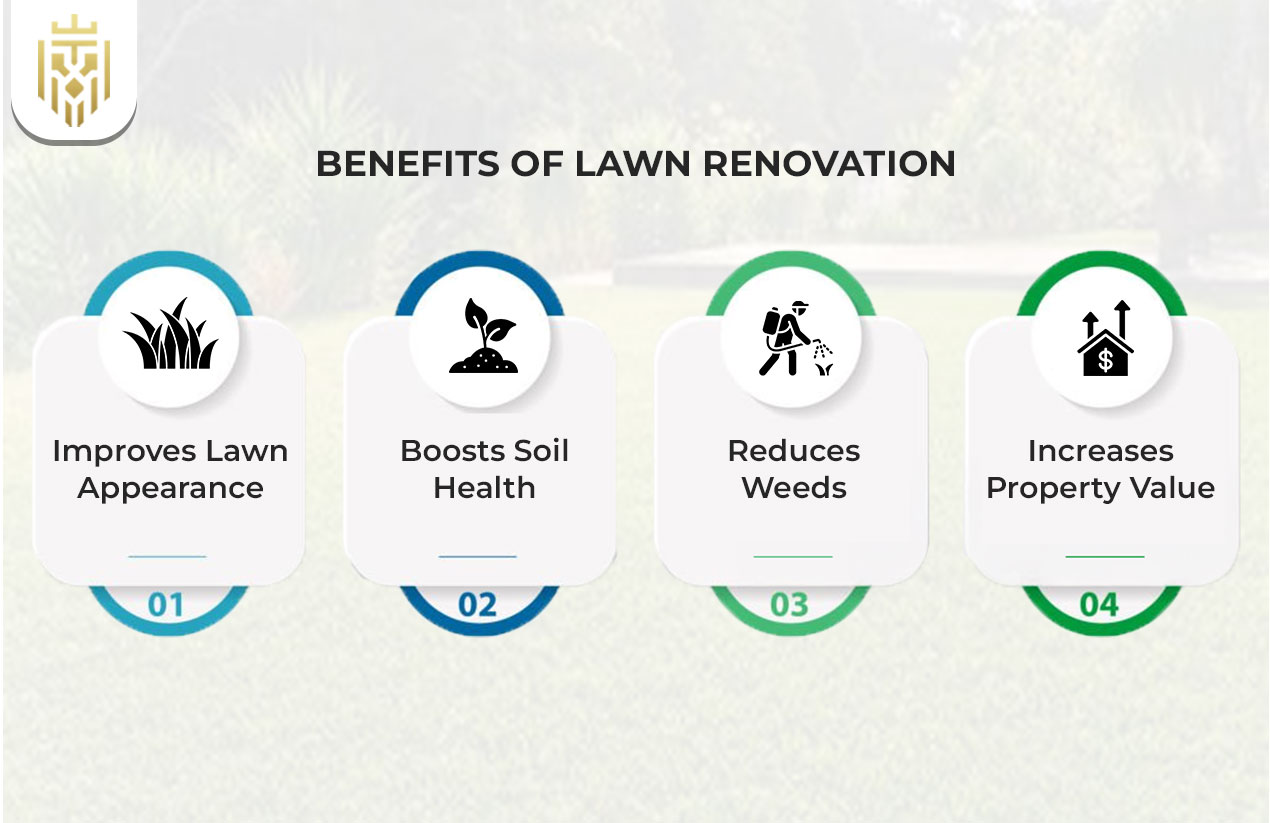
Lawn renovation is not only beneficial in terms of appearance. From enriching the soil to grass restoration, all the measures increase the health of turf. An adequately upgraded lawn minimizes maintenance requirements, promotes sustainable development, and improves the kerb appeal. In the long term, homeowners have the privilege of a healthy outdoor environment that remains greener and healthier throughout all the seasons.
Improves Lawn Appearance
Following essential lawn renovation steps transforms a dull lawn into a vibrant one. The procedure fixes bare spots, restores color, and develops a uniform density. A proper lawn care regimen makes sure that your yard is maintained to provide constant beauty, which makes your backyard more beautiful and pleasant for both resting and partying.
Boosts Soil Health
The other significant advantage of lawn restoration is that it enhances soil structure. Processes such as aeration and soil amendment increase nutrient, water, and air flow. This promotes improved root development and compaction minimization. In the long term, healthy soil facilitates the development of turf which is sustainable and requires minimal interventions in the future which are intensive.
Reduces Weeds
With adequate renovation techniques, weeds become less competitive. If the lawns are thick and frequently over-sown, there does not exist much room in which the weed seeds can develop. Coming up with thicker turf cover (by over seeding the lawn areas) provides it with natural resistance against invasive plants, which ensures healthy lawn growth in the long run and a lesser chemical weed control requirement.
Increases Property Value
A properly done yard updating is a great value addition to a house. The presence of a green lawn is a plus to the kerb appeal and a pleasant impression. This is not only an addition to daily pleasure but also an important measure to increase the resale value, so it is a desirable investment to consider on the part of homeowners aimed at maximizing the value of the property as a whole.
How to Renovate a Lawn?
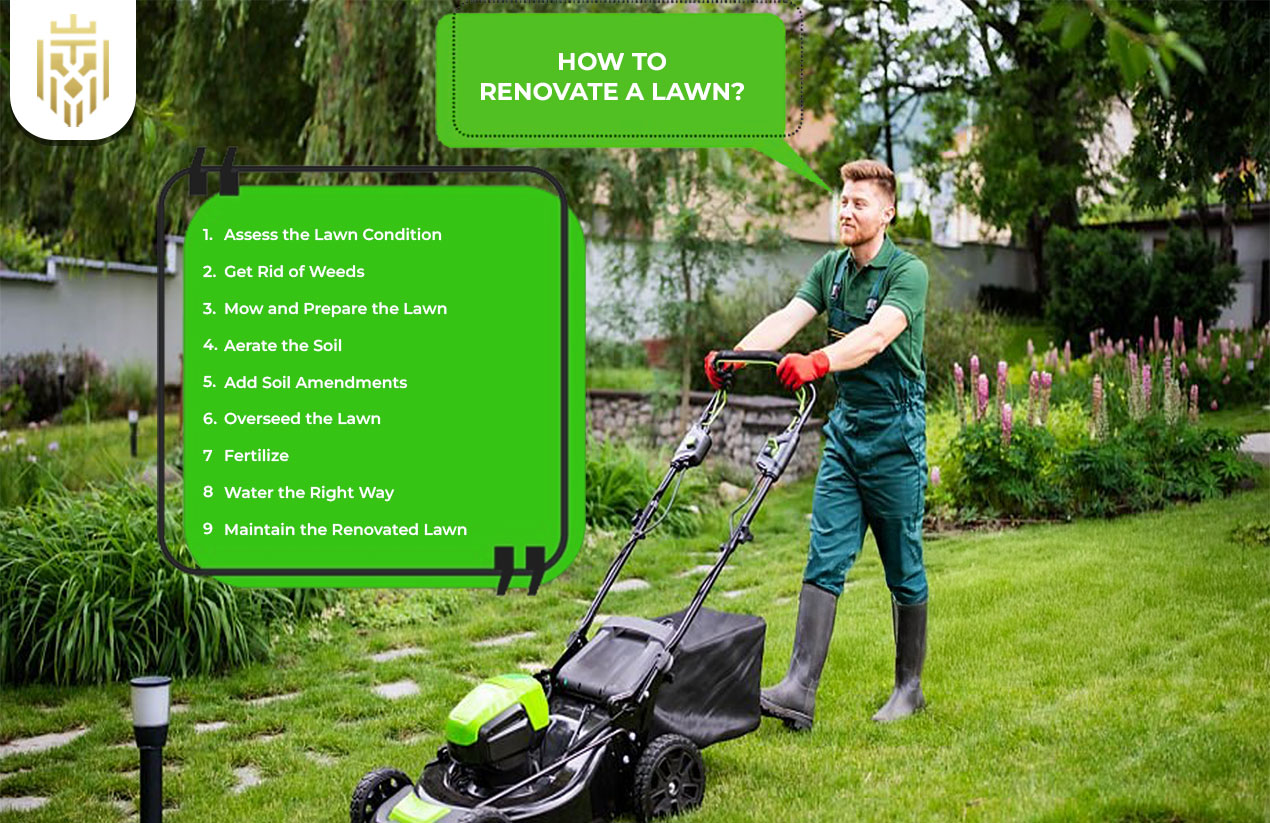
Understanding how to renovate a lawn involves structured planning and execution. It starts with evaluation, proceeds to preparation and finally finishes with aftercare. By following a step-by-step lawn renovation approach, homeowners achieve healthier turf, stronger soil, and a long-lasting green lawn with minimal future issues.
Assess the Lawn Condition
Test the state of the lawn before commencing. It is important to distinguish bare grounds, compaction places and weed concentration. This is one of the steps required to establish the required cost of lawn renovation and the scope of the project to have specific solutions aimed at attaining stronger, healthier and greener turf growth in general.
Get Rid of Weeds
Weed removal is essential in lawn renovation steps. Grass has a higher availability to nutrients and water by removing invasive plants at an early stage. Manual pulling or herbicides could be needed depending on the severity. This forms the basis of uniform growth and a well-balanced lawn that, over time, prospers.
Mow and Prepare the Lawn
The preparation involves cutting of the grass into a short length before renovation starts. This helps to guarantee close contact of seeds with soil to enhance germination. Clearance of debris and thatch formation is also a proper care of lawns that leads to an open ground where new roots can develop well, hence long-term health of lawns and rich density.
Aerate the Soil
The compaction is alleviated through aeration, where air, water and nutrients can reach deeper into the soil. This is important as it is essential in restoring the lawn and promoting healthier root systems. Deep roots render the turf more robust, and future processes such as seedling and fertilizing become more effective when it comes to the renovation process.
Add Soil Amendments
Adding soil amendments enhances the balance and structure of the soil. Depending on the soil test results, organic matter or lime or compost can be added. These additions have a direct effect on the repair of the grass since they make the turf healthier, greener and more effective in terms of taking in moisture and nutrients during the renovation process.
Overseed the Lawn
Thin or bare areas of lawns are filled in through over seeding. High-quality seed types will be used, and this will make it resistant against weather and foot traffic. Excessive lawn mowing promotes uniformity in turf cover, lowers weed growth, and promotes higher density, leading to a more appealing, healthy, and low-maintenance lawn once the renovation has been done successfully.
Fertilize
Fertilization enhances quick seed germination and growth of roots. During renovation, balanced nutrients are obligatory. Fertilisers also make the soil rich, and we get proper growth and maintain vitality. This measure enhances the general momentum of the process of lawn renovation to guarantee that the results are lasting and that the process of restoring the lawn will not frequently be experienced in the future.
Water the Right Way
Watering should, however, be regular but moderate, not washing away seeds or suffocating roots. Frequent watering stimulates germination, and gradual realization in deep watering is the strengthening of roots. When learning how to renovate a lawn, proper watering techniques are critical for success and long-term health of your turf.
Maintain the Renovated Lawn
After renovation, maintenance, which involves regular mowing, fertilization, and weed management, has been done. Continuous lawn care will save the investment in renovation. Longevity is guaranteed by consistency, making the lawn stay green and lively throughout the year. Good maintenance also reduces the possibility of repetitive problems, extending the gainful effects of renovation activities.
FAQs
1) What Is Lawn Renovation?
Lawn renovation is the act of enhancing old turf by repairing and over seeding as well as maintaining the health and appearance of the grass without totally replacing the lawn in order to sustain the growth.
2) How to Renovate a Lawn?
To redesign a lawn, assess the lawn condition, get rid of weeds, mow and prepare the lawn, aerate the soil, add soil amendments, overseed the lawn, fertilize, water the right way, and maintain the renovated lawn. A step-by-step practice will guarantee the success of the restoration of the lawn in the long run.
3) What are the Benefits of Lawn Renovation?
Advantages of having lawns that are refurbished are that they have better looks, healthy soils, fewer weeds, add value to the property, and have sustainable grass. It establishes an attractive, green and no-care outdoor environment.
4) When is the best time to renovate a lawn?
The optimal moment of renovating a lawn is determined by grass type. Cool season grass do well during the fall renovation or at spring and warm season grass during late spring or summer.



